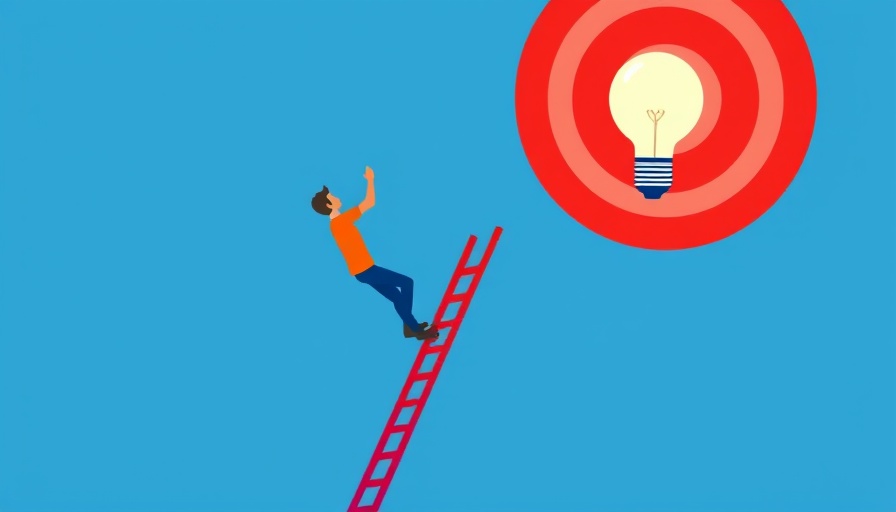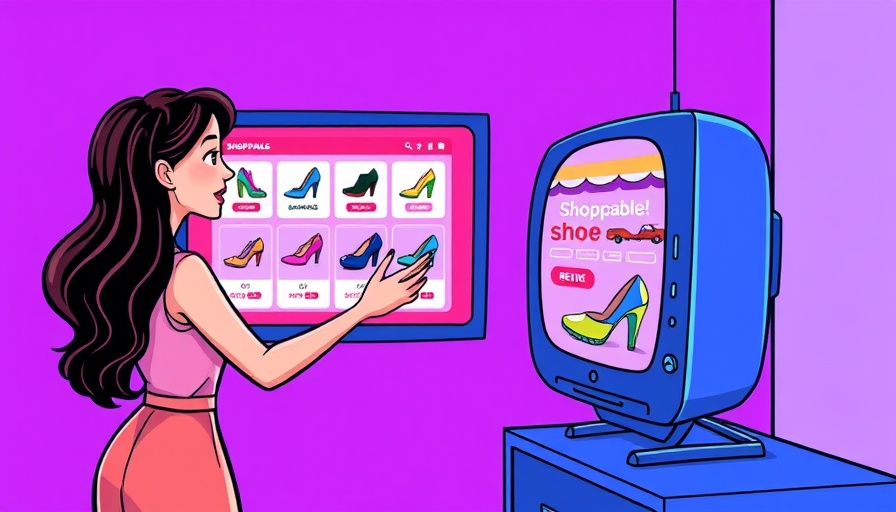
The Shift from Traditional Funnels to Credibility Ladders
The historic marketing funnel, developed over a decade ago, is rapidly becoming obsolete in today's B2B landscape. As buyers have evolved into more empowered and informed actors, the once-linear approach of capturing leads now feels too simplistic. Instead, consider the buyer journey as a climb up the credibility ladder, where sellers cultivate genuine trust.
Understanding the Rungs of the Credibility Ladder
The credibility ladder features crucial rungs that outline the modern buyer adoption journey, each representing a significant shift in trust and engagement:
- Problem Development: It all begins when buyers experience some friction or inefficiency. They might not yet have a defined problem but recognize the need for improvement.
- Influence Absorption: At this stage, buyers listen to industry voices, gathering insights from SMEs and thought leaders to frame their problem accurately.
- Passive Consumption: Buyers start consuming relevant content from trade media and social channels, absorbing information without directly evaluating anyone just yet.
- Peer Validation: Seeking feedback from peers becomes imperative as intent forms. Research is no longer a sales-led process; it’s now about peer insights from social networks and closed communities.
- AI Research: Innovation has led buyers to leverage AI tools for vendor comparisons, suggesting that technology is now a part of their evaluation process.
- Direct Evaluation: With a strong foundation of external validation, buyers make their first contact with sellers, often knowing precisely what they want.
- Experience and Evidence: This step involves gathering tangible proof through demos and real-world scenarios to justify their purchase decisions.
- Commitment: Following careful validation and collection of evidence, buyers commit to their chosen solution.
- Evangelism: Happy customers become brand champions, sharing their positive experiences, although not all buyers ascend to this final rung.
Bridging the Gap: From Lead Generation to Trust Building
For businesses actively scaling operations, especially those with annual revenues of $2M to $10M, understanding this shift is essential. Traditional lead generation strategies often overlook the human element in B2B sales. Buyers are no longer simply leads; they are individuals seeking validation and trust. It’s imperative for modern sales teams to develop customer acquisition strategies that focus on building relationships rather than merely pushing products.
A Broader Perspective on B2B Marketing
Marketing efforts must reflect today’s emphasis on branding and trust-building. The credibility ladder framework encourages sellers to move beyond one-dimensional marketing narratives, fostering a deeper alignment with potential customers’ needs and expectations.
Practical Insights for Business Owners
Scaling businesses can benefit significantly from adopting this mindset. Here are actionable insights for improving your customer acquisition strategies:
- Leverage Peer Feedback: Establish platforms for current clients and prospects to exchange insights, creating a rich pool of knowledge.
- Invest in AI Tools: Equip your team with the latest AI solutions that assist in gathering and interpreting buyer data effectively.
- Showcase Evidence: Make case studies, testimonials, and performance benchmarks readily available to prospective buyers.
In conclusion, understanding the evolution of buyer behavior can significantly enhance your sales approach. As you layer credibility into your interactions, you not only bridge the gap between buyer and seller but also foster trust that drives sustained sales growth. If you're looking to ramp up your marketing and sales efforts, consider how you can better align with the modern buyer's journey.
 Add Row
Add Row  Add
Add 



Write A Comment